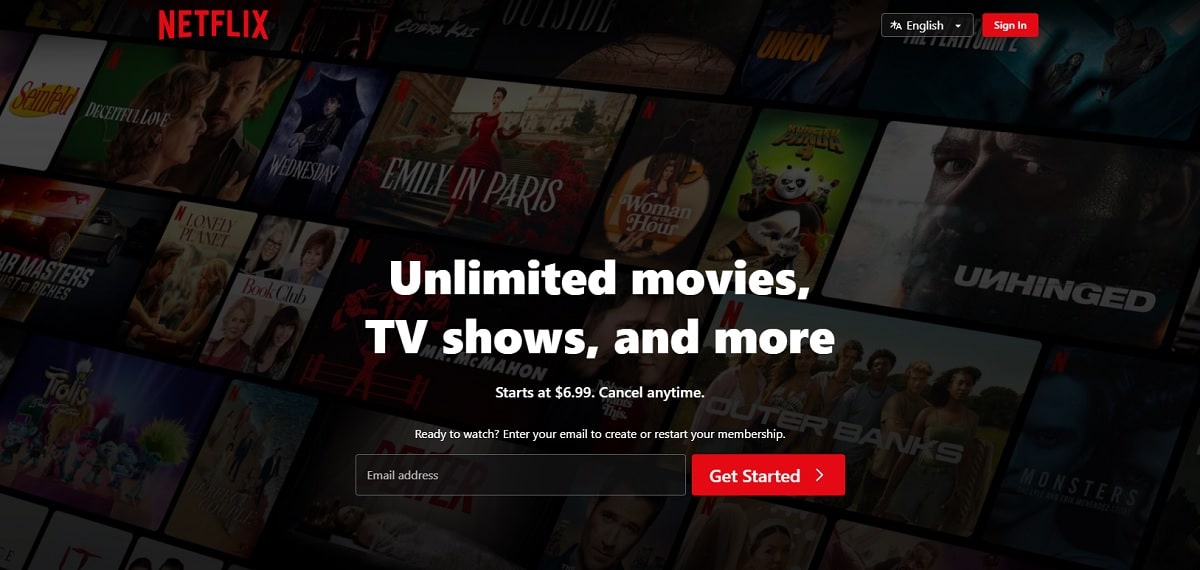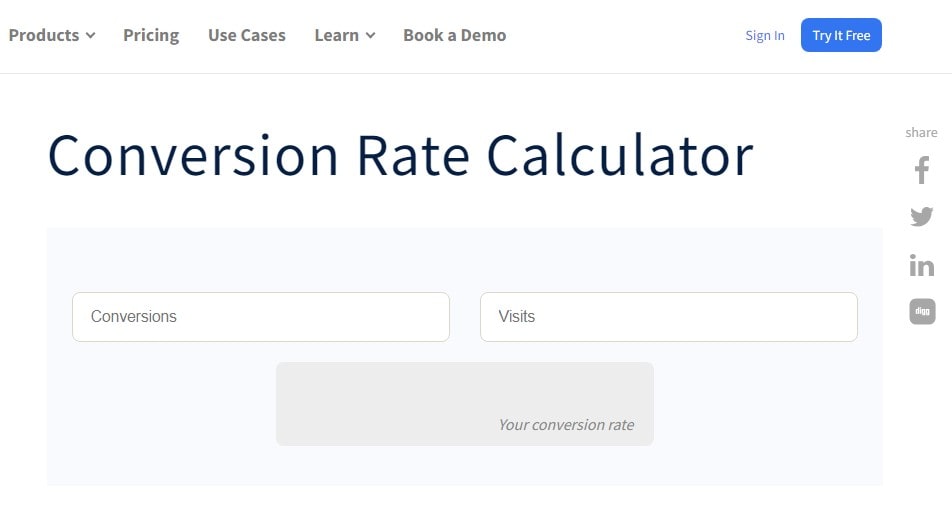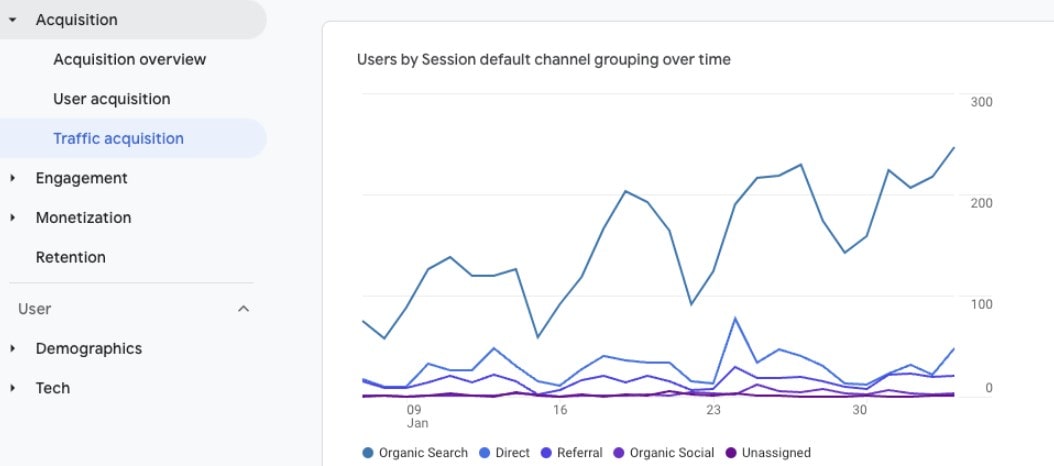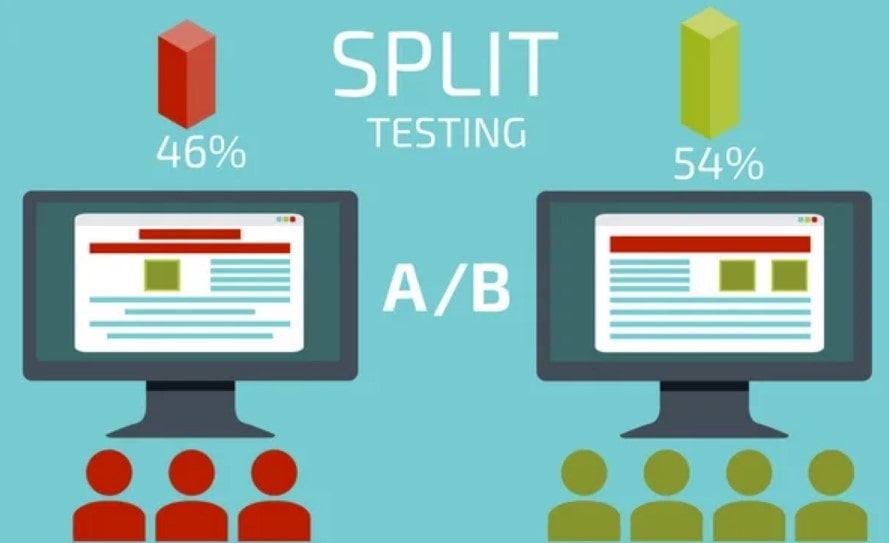So, Conversion Rate Optimization, or CRO, is basically making your website or landing page better at turning visitors into customers. It’s not about getting more traffic but getting more out of the traffic you already have. The higher the conversion rate, the more leads or sales you’re gonna see. It’s like squeezing more juice out of the same lemon! You’ll tweak stuff like the design, content, or even the color of a button to see what makes people click “buy” or sign up. Simple, but super effective.
Why CRO Matters in Digital Marketing

Alright, let’s talk why CRO is a big deal. First of all, it’s all about ROI – return on investment. You spend tons on getting traffic, but if nobody buys, it’s like money down the drain. CRO helps you get more value from the same visitors. Plus, it gives you insight into your audience. What makes them tick? What makes them leave? Fixing those things can give you a major competitive edge. Companies like Amazon and Netflix are pros at this – they’re constantly tweaking their websites to get us hooked and spending. Why not do the same?
Key benefits of CRO:
- More leads or sales without spending extra on ads
- Better understanding of your audience’s behavior
- Increases ROI for your marketing campaigns
- Helps you stay ahead of the competition
- Boosts customer satisfaction (they find what they need faster!)
Examples of industries benefiting from CRO:
- E-commerce (Amazon, Shopify stores)
- SaaS companies (think Plerdy, HubSpot)
- Travel and tourism (Airbnb, Expedia)
- Financial services (banks, insurance companies)
- Healthcare (booking systems for clinics)
Common Misconceptions About CRO
Some people think CRO is just A/B testing, but no, it’s way more than that. Or, they might assume it’s a one-time job – wrong again. CRO is ongoing, just like SEO. And another one? “You need tons of traffic to even start CRO.” Nope! Even if you have a smaller website, improving your conversion rate will still pay off. CRO isn’t about quantity, it’s about quality.
Misconceptions vs. Facts:
- Misconception: “CRO is only for big websites.”
- Fact: It works for all sizes!
- Misconception: “It’s all about design.”
- Fact: Design helps, but copy and user experience play a big role too.
- Misconception: “It’s a one-time thing.”
- Fact: CRO is a continuous process of improvement.
Key Metrics to Track for CRO Success
How to Calculate Conversion Rate

Wanna know how to calculate your conversion rate? It’s pretty simple. You take the number of conversions (like sales, sign-ups, etc.) and divide it by the total number of visitors, then multiply that by 100 to get a percentage. For example, if you had 500 visitors and 50 of them made a purchase, your conversion rate is 10%. Easy peasy!
Formula for calculating conversion rates:
- (Conversions / Total visitors) * 100 = Conversion rate %
Understanding Bounce Rate and Its Impact on CRO
Bounce rate is another biggie. It tells you how many people visit your site and leave without interacting. A high bounce rate is bad news for CRO because it means visitors aren’t sticking around. If your bounce rate is 70%, it means 7 out of 10 visitors leave without doing anything. Ouch. The goal is to lower that number by improving your site’s content, layout, and loading speed.
Tools for Tracking CRO Metrics
Now, if you’re serious about CRO, you need the right tools to track everything. Google Analytics is a must – it’ll show you conversion rates, bounce rates, and even where visitors drop off in your funnel. Then there’s Plerdy for heatmaps and session recordings – perfect for seeing how people interact with your site. Other tools like Hotjar or Crazy Egg are also popular for tracking user behavior. Mix and match to see what works for you!
Popular CRO tools:
- Google Analytics (for overall website data)
- Plerdy (for heatmaps, A/B testing and session recordings)
- Hotjar (for user feedback and heatmaps)
- Optimizely (for A/B testing)
Steps to Build a Successful CRO Strategy

Defining Clear Goals
First things first: What do you wanna achieve? You can’t improve what you can’t measure, right? Are you looking for more sales? Sign-ups? Downloads? These are your conversion goals. Be specific. For example, increasing email sign-ups by 20% in three months is a clear goal. This gives you something to work towards and helps you measure success.
Examples of conversion goals:
- Increase product sales by 10%
- Boost newsletter sign-ups by 15%
- Get more free trial registrations
- Improve form submissions for inquiries
Analyzing Visitor Behavior
Once you’ve got your goals, the next step is to analyze what visitors are doing on your site. Are they scrolling? Clicking? Or are they just bouncing off? Use tools like Plerdy or Google Analytics to track behavior and see where they’re dropping off. This will help you spot the weak points in your funnel and fix them.
A/B Testing for Optimal Results

A/B testing is one of the best ways to figure out what works and what doesn’t. You take two versions of a page – let’s say one with a red “buy” button and another with a green one – and see which gets more clicks. Simple, right? But here’s the catch: Only test one thing at a time. If you change too many things, you won’t know what’s really making a difference.
Best practices for A/B testing:
- Test one element at a time (button color, headline, etc.)
- Run the test long enough to get meaningful results
- Always base your tests on data, not guesses
Identifying Bottlenecks in the Conversion Funnel
The last step is to find where things are getting stuck. Are people abandoning their carts at checkout? Or maybe they’re dropping off during the sign-up process? Once you know where the problem is, you can fix it with targeted tweaks. Sometimes, it’s as simple as improving the layout or adding a testimonial for trust.
